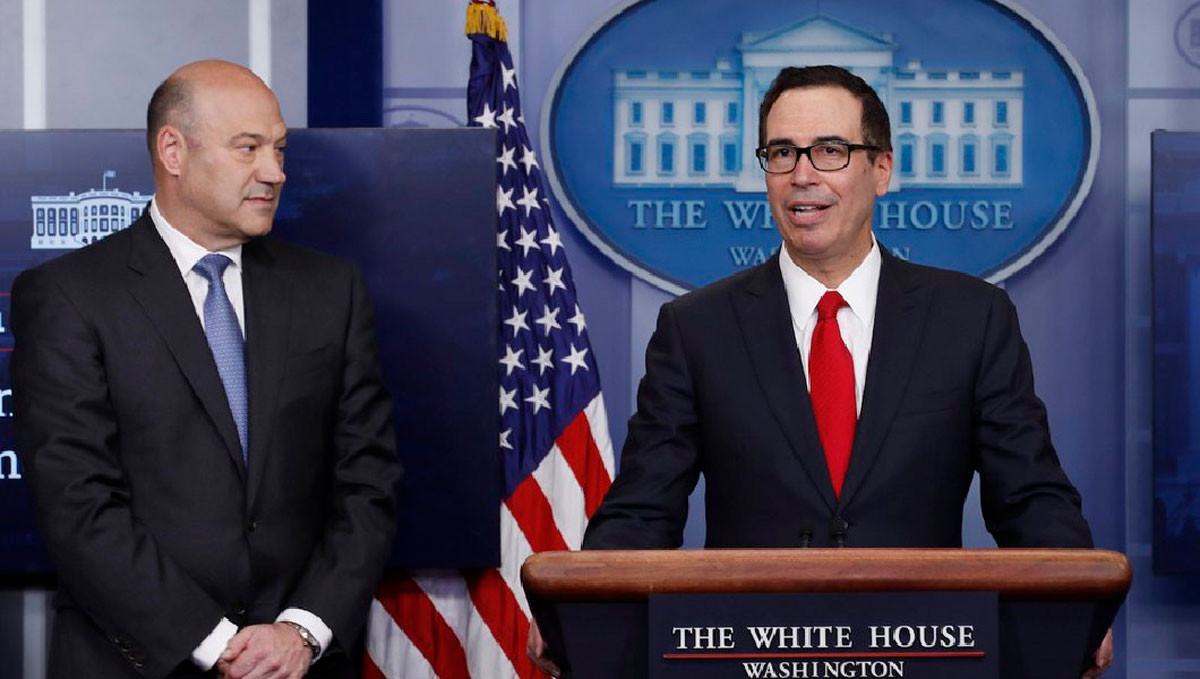Tax Cut in USA
May 2, 2017 | Expert Insights

What are the possible implications of the tax cuts?
On 26th April 2017, Treasury Secretary Steven Mnuchin announced that the new tax proposal would prove to be the "the biggest tax cut and the largest tax reform in the history of this country." The objective of the reform includes growth of economy by job creation, simplify the tax code, tax reliefs for American families as well as slash of tax rate to promote small and big businesses in USA.
What does the reform propose?
The proposal consists of two reforms; individual reforms and business reform. The individual reform focuses on reducing the 7 tax brackets used to determine income tax of an individual into 3 tax brackets of 10%, 25% and 35%. The reform also proposes to provide tax relief to families with children and dependants, tax deduction for house owned and charitable gift along with repeal of Alternate minimum tax and death tax. The business reform on the other hand proposes to slash business tax rate from earlier high of 35% to 15%. Territorial tax system will be introduced to give equal opportunities to American companies, onetime tax will be accepted for trillions of dollars stored outside the US and elimination of tax breaks for special interest’s groups.
How does taxation system work in USA?
There are three levels at which tax is levied; the federal, the state and local government level. The object of taxation includes income, payroll, property, sales, capital gains, dividends, imports, estates and gifts, as well as various fees. The U.S. has income tax treaties with some countries like China, South Korea and India that provide benefits to resident of these countries. Taxpayers fall into one of 7 brackets, depending on their taxable income: 10%, 15%, 25%, 28%, 33%, 35% or 39.6%. The U.S. system also allows reduction of taxable income for both businessand some non-businessexpenditures, called deductions. Some of the deductions include medical insurance, mortgage interest, capital gains, dividends, pensions, earned income tax credits among others.
Assessment
Trump supporters claim that this reform will create jobs and will revive the economy. The reform comes as a big boost for the big corporate giants and players. It promotes the companies to pay tax in USA as opposed to the current practice of paying tax in Ireland. But the proposed reform does not explain how the government plans to compensate the differences in the revenue that would arise due to the tax cut. Also, though the tax deductions are eliminated, it will only increase the burden on residents of high-tax states such as New York to pay more.
The tax reform may seem to be beneficial and appeal to certain sections of the society but there also exists a high possibility of the reform failing. The Democrats in both chambers of Congress attacked the plan and promised to prevent it from being passed as a law as seen in the case of medical bill. Senate Minority Leader Chuck Schumer opposed the plan and said that “The president’s outline yesterday is a direct assault on the middle class.” House Minority Leader Nancy Pelosi also called the reform "wish list for billionaires." The reform only benefits the rich. Reducing tax rates for higher income groups would only add on to the burden of the middle class and people below poverty line. This will not improve the economy but will further cripple the cash flow. The claim over job creation does not seem viable since most industries are transitioning towards automation.








Comments